#strandgade
Text
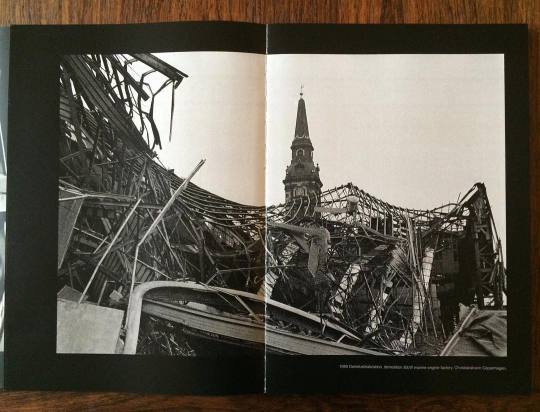
Demolition of #B&W machine motor #Strandgade #christianskirken 1989 from the book Reverse Collection by #peterlind Burmeister & Wein.
https://www.peterlind.org/#Reverse_Collection_Peter_Lind
instagram
0 notes
Text
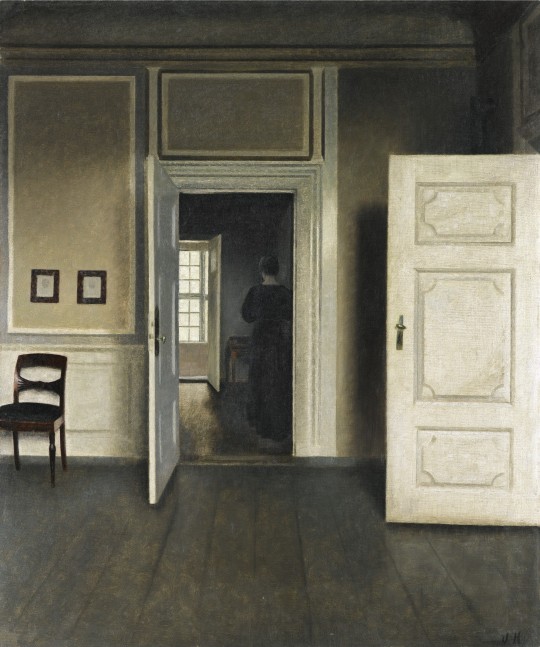
#art#paintings#museum#art pieces#tumblr art#Vilhelm Hammershøi - Interior#Strandgade 30 (1901) [3459x4145]
27 notes
·
View notes
Text
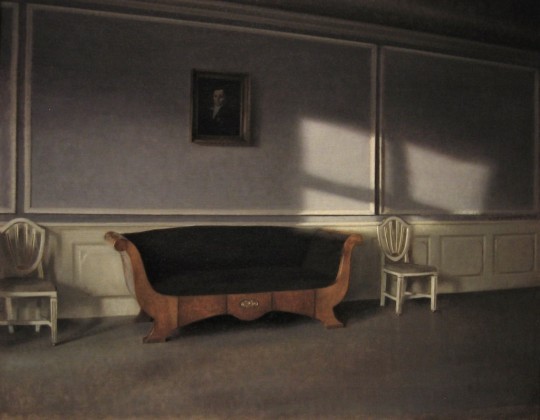
Hammershøi was painting at a time when interiors were a hugely popular motif. The home was seen as refuge from increasing industrialisation and artists enthusiastically portrayed the concept of hygge in paintings which suggested comfort and warmth. “But you cannot feel that in front of Hammershøi,” says Champion. “It’s absolutely the contrary, it’s very disturbing.” An initial sense of calm often gives way to something more unsettling. They are pictures which certainly call for quiet contemplation even if an initial sense of calm often gives way to something more unsettling. In the sublimely beautiful Sunshine in the Drawing Room III (1903) the delicately observed play of light has an almost meditative quality to it; however its evocation of silence gradually brings on a creeping sense of existential isolation.
Cath Pound
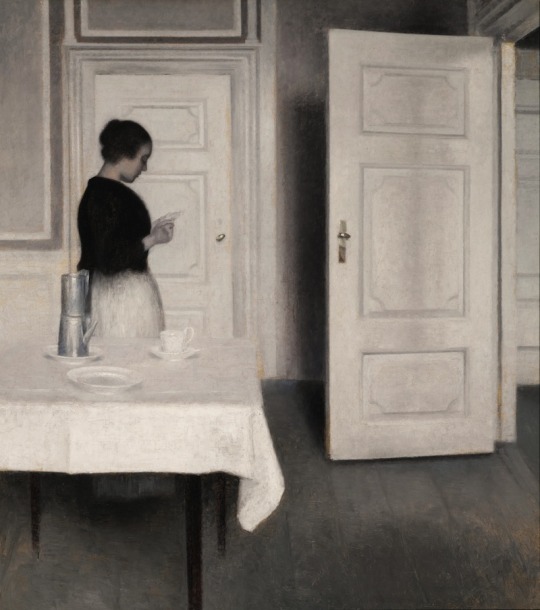

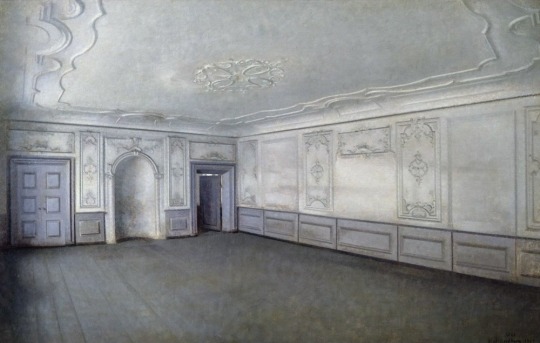
#vilhelm hammershoi#ida reading a letter#sunshine in the drawing room III#interior with the artist's wife ida in their home at strandgade 30#interior of the great hall in lindegaarden
2 notes
·
View notes
Photo
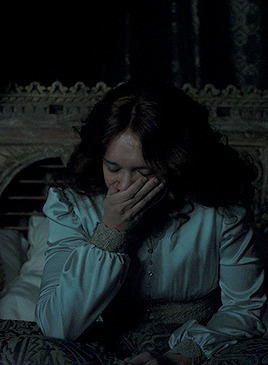
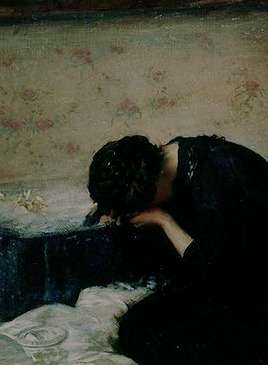
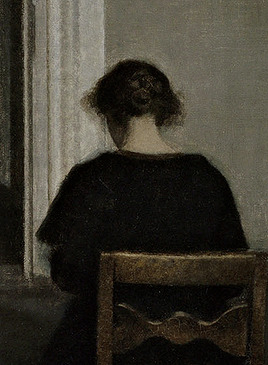
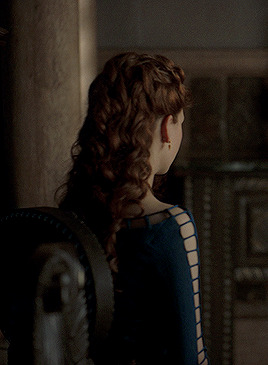
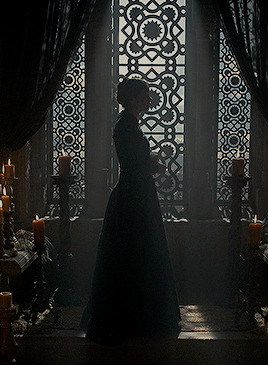
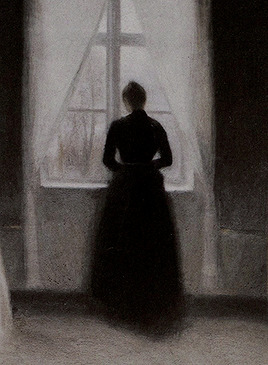
ALICENT HIGHTOWER + art (5/∞)
The Wedding Dress | Frederick William Elwell
Interior Strandgade 30 | Vilhelm Hammershøi
Bedroom. Interior, Woman at the Window | Vilhelm Hammershøi
#houseofthedragonedit#gameofthronesdaily#house of the dragon#alicent hightower#alicenthightowerdaily#alicenthightoweredit#hotd#art#painting#frederick william elwell#vilhelm hammershøi#hotdedit#hotdart#*#alicent my beloved she's always sad
872 notes
·
View notes
Text
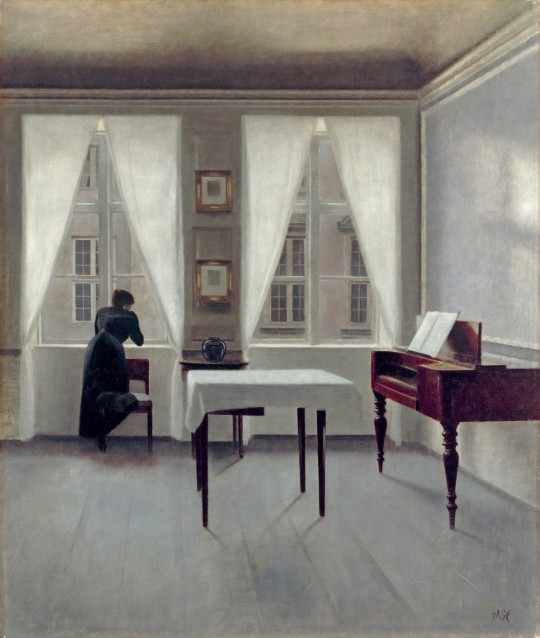
Vilhelm Hammershøi (1864-1916, Danish) ~ Interior Strandgade 30, 1901
524 notes
·
View notes
Text
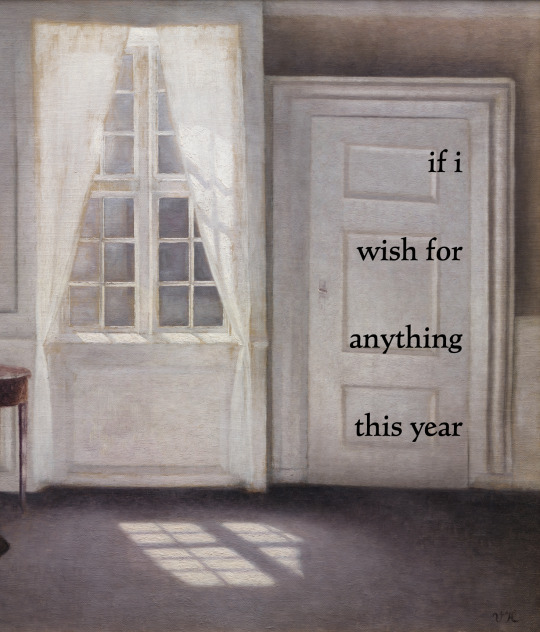


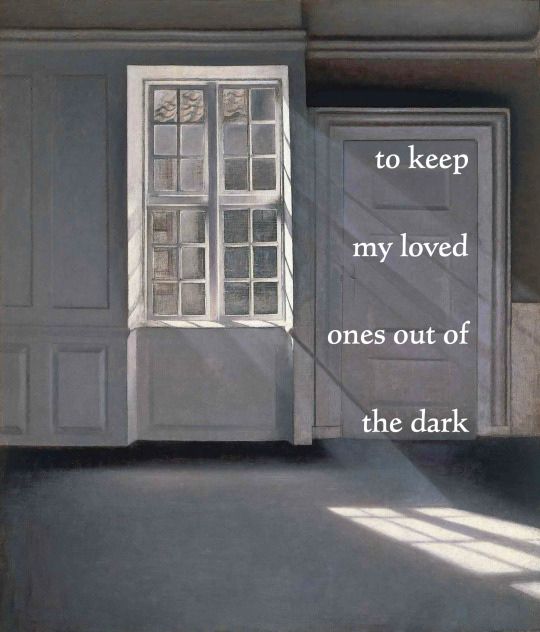
A Room in the Artist’s Home in Strandgade, Copenhagen, with the Artist’s Wife – Vilhelm Hammershøi (detail) // Interior with Easel – Vilhelm Hammershøi // Open Doors – Vilhelm Hammershøi (detail) // Dust Motes Dancing in Sunbeams – Vilhelm Hammershøi // December '04 – The Oh Hellos
#currently obsessed with this song#vilhelm hammershøi#vilhelm hammershoi#december '04#the oh hellos family christmas album#the oh hellos family christmas album: volume ii#the oh hellos family christmas album volume ii#the oh hellos#art#art history#lyrics#lyric art
91 notes
·
View notes
Text

Interior from Strandgade 30, Vilhelm Hammershøi, 1900
#art#art history#vilhelm hammershøi#genre painting#interior#Danish art#Scandinavian art#19th century art#oil on canvas
174 notes
·
View notes
Text

Vilhelm Hammershøi - Moonlight, Strandgade 30 (1900-06)
70 notes
·
View notes
Photo
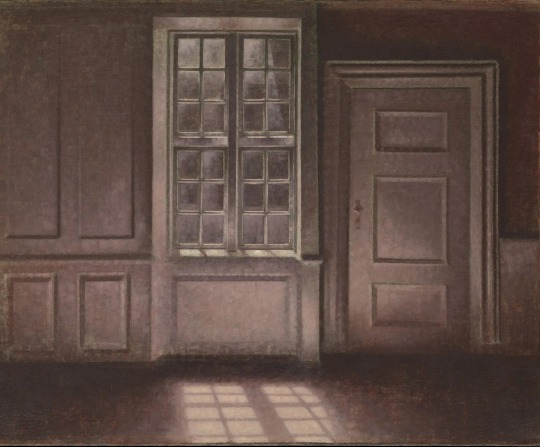
Vilhelm Hammershoi, “Moonlight, Strandgade 30” (1900-1906), oil on canvas.
Credit...The Metropolitan Museum of Art
128 notes
·
View notes
Text
Vilhelm Hammershoi, “Interior: The Music Room, Strandgade 30”, 1907
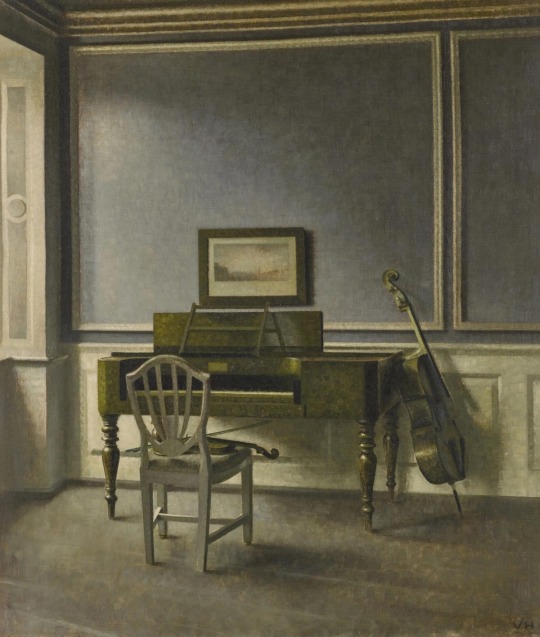
14 notes
·
View notes
Text
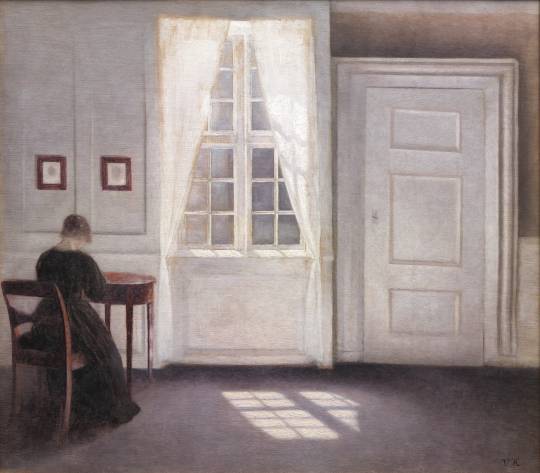

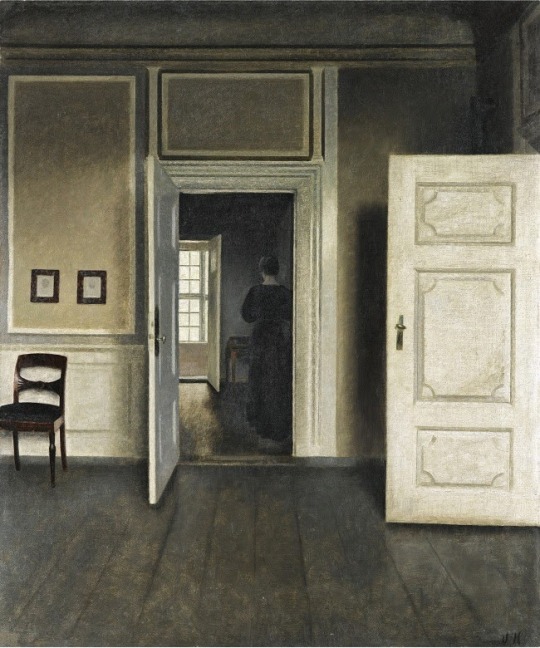
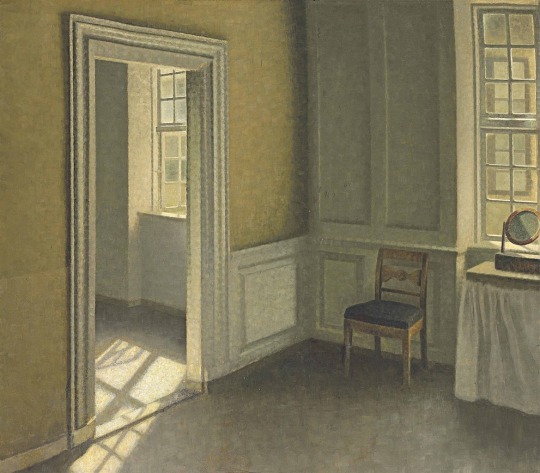
Hammershøi made a room
a ship on its own
with panes overlapping all over the floor
the windows are drawn,
the windows come in the windows come running
and the open door is falling
into room after room with the silence
of sun. He said open
and everything he painted then opened
a woman sewing
enters in infinite gradations, the white
that never gets there
remains
who, alone in a house with light,
built his house entirely of doors.
Cole Swensen, The Glass Age (Alice James Books, 2007)
-
Vilhelm Hammershøi: Interior from Strandgade with Sunlight on the Floor (1901) • Interior with a lady (1901) • Interior. Strandgade 30 (1901) • Bedroom, Strandgade 30 (1906)
13 notes
·
View notes
Text

Interior, Strandgade 30, by Vilhelm Hammershøi. 1901.
8 notes
·
View notes
Text
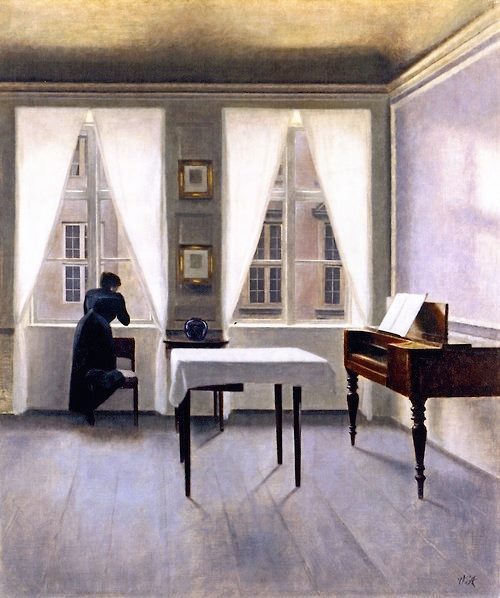

Interior, Strandgade 30, 1901, Vilhelm Hammershøi / Phantom Thread (2017)
74 notes
·
View notes
Text

Vilhelm Hammershøi, Interior with a table, bookcase and Windsor Chair, 25 Strandgade, 1913, oil on canvas
2 notes
·
View notes
Photo
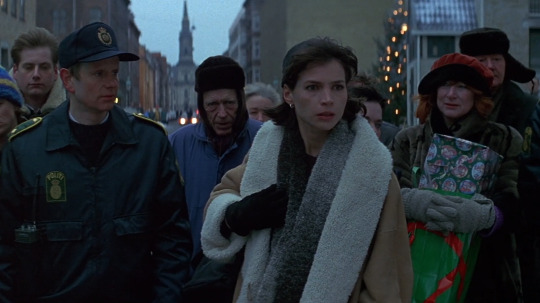



Smilla's Sense of Snow
Bille August. 1997
Apartment
Strandgade 55, 1401 København, Denmark
See in map
See in imdb
#bille august#smila's sense of snow#julia ormond#christianshavn#copenhagen#denmark#movie#cinema#film#location#google maps#street view#1997
20 notes
·
View notes
Text

Woman before a mirror, Strandgade 30 by Vilhelm Hammershøi, 1906.
27 notes
·
View notes